Archiving Canada’s universities
How university archivists prepare the past for future researchers.
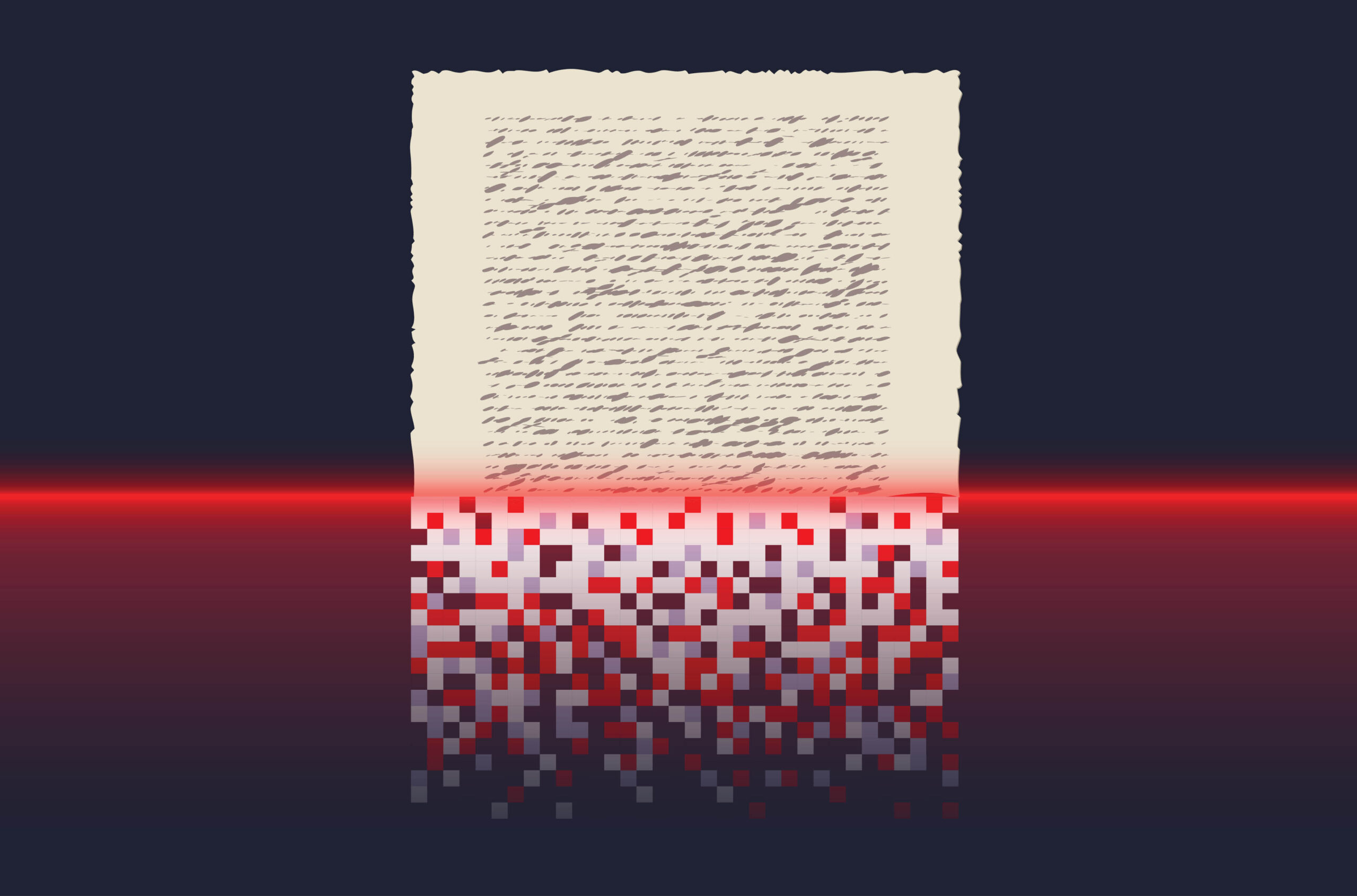
In today’s digital world, where uncountable masses of data are created each day, how do you decide what’s important to keep?
While Canada’s universities account for only a fraction of the total, that’s still a lot to track, from minutes for every governance committee meeting ever struck, to scholarly archives, to student club charters, to regional records of the surrounding area.
Fortunately, there are archivists.
In small but mighty teams, or sometimes even solo, these archivists preserve the institutional paper (and digital) trail, from faculty records to senate decisions. They field requests from independent researchers to students, deliver classroom talks, ensure that delicate records don’t freeze or burst into flame, battle technological obsolescence and deal with the never-ending evolution of digital technology. Often, they work alongside or within university libraries and records management offices while maintaining their own networks of colleagues eager to share the responsibility of preserving the nation’s higher ed information.
While university archives share a purpose and have much in common, collections vary from institution to institution. So can their origin stories. At the University of Windsor, record zero is a couple of handwritten love letters by a famous New Zealand author, kept for many years inside a folder in a safe alongside the cashbox by the library circulation desk. As more archival items were added, the folder turned into a box, the box turned into a room, and by the early 1980s two professors interested in writing the history of Windsor realized that all the local archives had been sent away to Ottawa or Toronto. So, they started an archive. In 1994, the university hired its first professional archivist and started to also collect the university’s official records. “We existed for 14 years before we even cared about collecting university records; it was just not on anybody’s radar,” says UWindsor archivist Sarah Glassford. “There are many permutations of what an archive in a university can look like.”
The University of Toronto’s (U of T) archive started in a similar fashion in 1963 when a librarian sounded the alarm about records being stored in cupboards on campus. Today that archive has grown to over 14 kilometres of records, 3.1 terabytes of web archives and 33.7 terabytes of digitized archives. Besides the centralized archives and records management unit that oversees the official archives, most of the university’s seven colleges have their own archives and archivists. That adds up to a total of at least 15 repositories by last count of university archivist Tys Klumpenhouwer, who leads a team of four. The wider team of about 15 archivists on campus meet as a group informally several times annually. “We’re working in harmony and in unison to document the entirety of the university and university life,” says Mr. Klumpenhouwer.
Official records
That documentation is the official purpose of a university archive, says Greg Bak, associate professor of archival studies at the University of Manitoba (UM). “University archives exist to meet the memory needs of the university as an institution. Think about those memory needs as being legal, operational, historical – the archive exists to serve all of those.” They also commonly share a central governance role via records management policies set within the university and often mandated from outside (for example, document retention schedules set by tax agencies). Provincial freedom of information and protection of privacy regulations are other requirements that university archives help to meet. Standards for how records must be maintained also come from the federal Department of Canadian Heritage for elements such as temperature and humidity control, fire suppression and pest control.
Official university records include everything from administrative meeting minutes at all levels, pension documents and contracts. They are used more actively than might be imagined. A common example is a current administrator asking to see historical records for a decision made at a faculty meeting in the 1970s so they can trace why that decision was made. Queen’s University archivist Ken Hernden remembers when he was called to testify in court as an archivist at a previous university about the contents of an academic calendar from years before. The case involved a former student who was contesting why the university did not confer them with a degree (it turns out that the calendar pre-dated the keeping of such records). He also recalls a professor visiting his Queen’s archive to trace the emergence of occupational therapy as an occupation since the university was an early leader in that field.
Beyond the university records, there’s a vast range in what university archives collect. At the University of Windsor, the collection continues to be community focused, with highlights that include war diaries of the Essex-Kent Scottish regiment – which fought at Dieppe in the First World War – and records from local Anglican churches with marriage and baptism records for African Americans who escaped enslavement and came across the border via the underground railroads. The situation is similar at Queen’s, where the archive holds historical records for the city of Kingston, the county of Frontenac and the Kingston General Hospital.
These holdings influence the users of the archives. Dr. Glassford estimates that her patrons are 70 per cent non-university members, researching everything from genealogy to their home history via giant land registry record books of the 19th to mid-20th century. Of course, professors from both inside and outside the university are frequent visitors to all of these archives, as are students, thanks to archivists starting to reach out and publicize what they have. “We actively try and go to undergraduate classes and introduce them to archival material,” says Mr. Klumpenhouwer. “I remember when I went to university, archives and special collections were a place for graduate students, and that can be a bit daunting.”
Archival challenges
Besides outreach for visitors, archivists have also become more active in filling gaps in their collections. “We’d be missing out on a lot if we weren’t active,” says Mr. Klumpenhouwer, citing students as an example. “Students are difficult to document in the traditional archival sense, because they’re here for such a short period of time. While their impact may be big, the documentary legacy they leave behind is relatively small.” That is especially true for activist student groups that may have a contentious relationship with the institution, where the archives may be seen as an extension of the administration. In such cases, Mr. Klumpenhouwer tries to offer expertise to help the organization manage its own records. “We see ourselves as a resource to help community groups that want to maintain their own history.”
Elizabeth Shaffer, a critical archives scholar in the University of British Columbia’s (UBC) school of information, is an advocate for decolonizing the archives, looking at the voices that are missing and excluded. The archives could go even further, she says, to not only bring new voices in, but to make the archives friendlier places. “The archive itself can often be a place that’s quite cold, that’s very unwelcoming and inordinately problematic for racialized students. If you haven’t changed any of that, how can you expect students to feel welcome or to feel that they were part of that,” she says, noting that self-reflection on how to engage the community around the archive will enable change. At UM, which holds the National Centre for Truth and Reconciliation archives, Dr. Bak says archival decolonization is a huge priority (indeed, the 2015 Truth and Reconciliation Commission’s 94 calls to action include several calls related to archives).
Digital record-keeping is another area where archives are evolving. “Digital has changed everything,” says Dr. Bak. “We’re now well into the era when people are not only creating records almost exclusively digitally, but they’re also starting to transfer those records to archives in digital formats. Earlier, people tended to keep printouts, but at this point, it’s almost all digital. Digital storage is denser than non-digital storage, so you can keep more records, but on the other hand, you have this huge challenge of format obsolescence and media decay. Digital storage is cheap, but once you factor in the need to manage that and have humans involved in regulating access, it gets to be expensive.”
At Queen’s, Mr. Hernden and his team use an open-source digital repository system called Islandora (originally developed at the University of Prince Edward Island) to manage the university’s digital records, as well as the Wayback Machine, an online resource, to take regular snapshots of the university website. Their reading room contains a wide variety of legacy playback devices, video-disc players, a reel-to-reel player, as well as brand new digitization equipment.
At U of T, where the archive includes 178.5 gigabytes of archives originally created in a digital format (referred to as “born digital”), a server room in the library is overseen by a digital preservation unit. The university also uses software to separate emails into personal and work to attempt to preserve only what might be useful in the future. “When an administrator retires, and they say, ‘I have some valuable stuff in our email,’ how do we get through that in a manageable way that we get the good stuff?” says Mr. Klumpenhouwer. Fortunately, “there is software — several different platforms — that we’ve been using, that helps us do this en masse using keyword searches.” At UBC, the team just hired its first digital archivist a year ago, realizing the need to get their digital input under control. “He’s been working with offices on campus and assisting the special collections division and rare book special collections, dealing with preserving websites and other born-digital online resources,” says university archivist Erwin Wodarczak.
Ahem, is there a place for me?
For those who are interested in storing their personal archives at their respective institution, the answer is yes, you can; the archivists are interested. They are also helpful and connected, so they may also be able to redirect you if your papers are not a fit. “Please come and offer it. Personally, as an archivist, I would always rather have someone offer their archives and be able to have a conversation,” says Dr. Glassford.
Mr. Klumpenhouwer echoes her enthusiasm. “It never hurts to approach an archive with an overview of what you have. One of the issues we see all the time is people don’t think what they’ve researched is important. But they have no idea what people are interested in. And if it’s not a good fit for our repository, there are many other repositories that specialize in these areas, often smaller community archives or subject area archives.”
At UBC, Mr. Wodarczak has a standard list of the kinds of materials he’s looking for: “We provide guidance as to what we want or don’t want.” On the do-not-want list are financial records and personnel records, like CVs from being on a search committee. On the wanted list are a scholar’s notes and interpretation of material. “Definitely we’re interested in drafts, manuscripts of articles or books,” says Mr. Wodarczak. They are also interested in certain senior administrative records such as those kept by deans or associate deans.
Most archive departments are not interested in scholars’ published work — that’s already on library shelves– or photocopies from other archives, since those items have already been captured. “We’re interested in the unpublished, rare, one-of-a-kind manuscript, your handwritten marginalia, all the sort of stuff that was not meant for public consumption,” says Dr. Glassford. Primary research that a scholar did for a project, such as oral history interview recordings and transcripts are also an archive “yes.” Mr. Hernden says it’s often collections that fill a gap that get the thumbs-up; for example, he’s currently considering a young-adult fiction writer’s archives for that reason.
In terms of preparing your documents for archive, most archivists say: don’t. While they encourage labelling or annotating archives (especially adding identifiers like names and dates to photographs) they want researchers to leave things as they are in their boxes and cabinets, since part of the archivist’s job is to capture the process of scholarship. “We want to understand how you thought about things, how you created, accumulated, used, reused, because original order is a little bit of a hard thing to nail down. Don’t presuppose anything on our behalf,” says Mr. Hernden.
Mr. Klumpenhouwer agrees. “We want everything so that we know how did this faculty member operate in their area of research. What was their methodology? If they’re teaching, what was their pedagogy? We want to know how they researched, who they spoke to, when they researched. If we’re thinking about paper material, we want to know why this piece of correspondence sits next to this piece of correspondence, and how are they interrelated.” If you’re tidying up a loved one’s archive, feel free to attach any notes that you know about the research, as they become part of the record.
Mr. Klumpenhouwer and others are also eager to do site visits. “One of the most exciting things is when a faculty member approaches us and [says], ‘I’ve done 20 years of research in this area, and I have five filing cabinets in my office or my home basement that I haven’t looked at in 20 years.’ This is great. We’re going to get a lot of rich information, but also a lot of supportive context.” He adds that archivists want to build relationships with donors and enlist their help in describing and understanding the material. “Having that donor — or somebody who knows something about the research — to not stand over your shoulder, but to bounce questions off of, that just makes for a richer description and a more useful resource for researchers.”




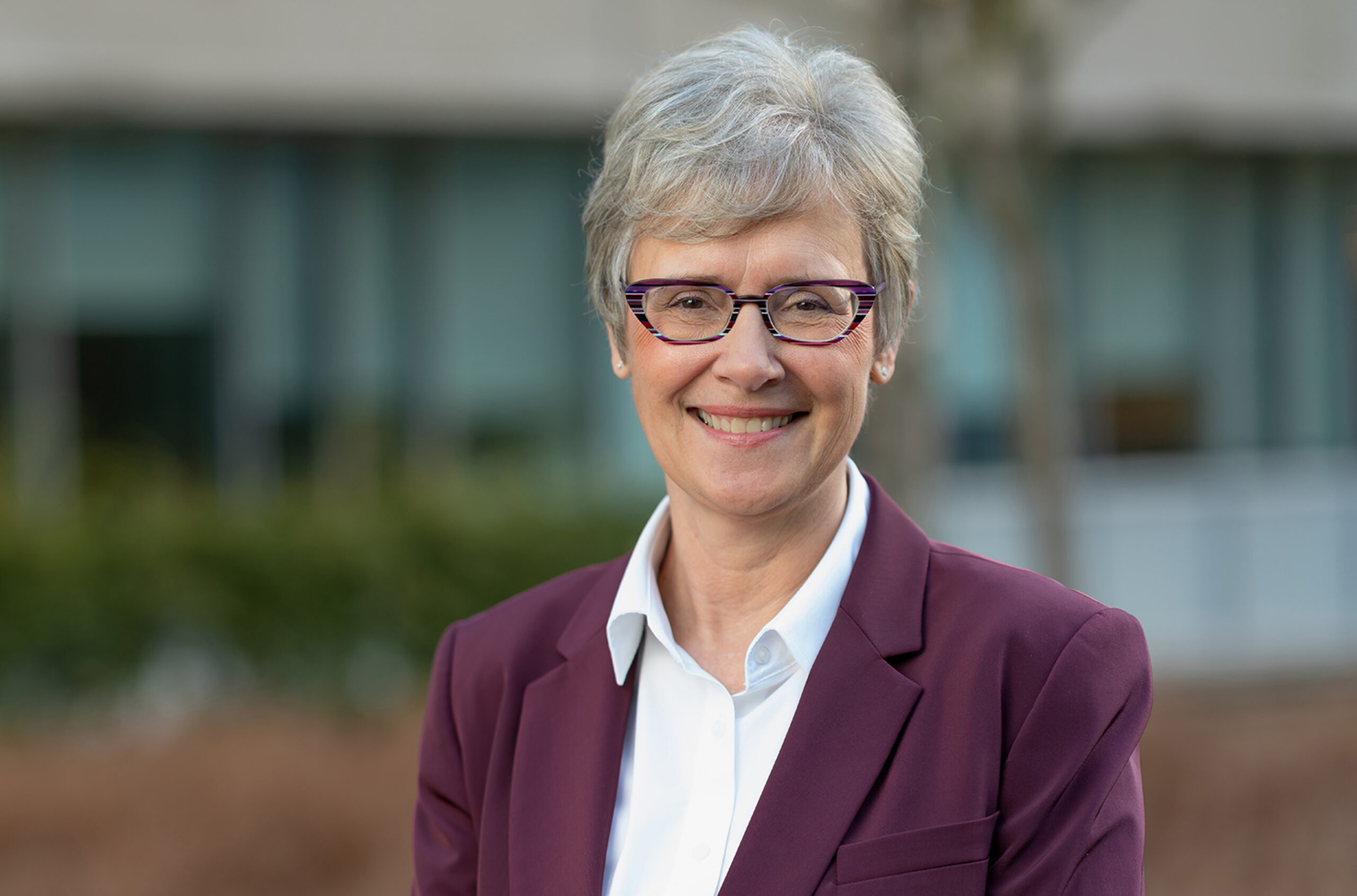

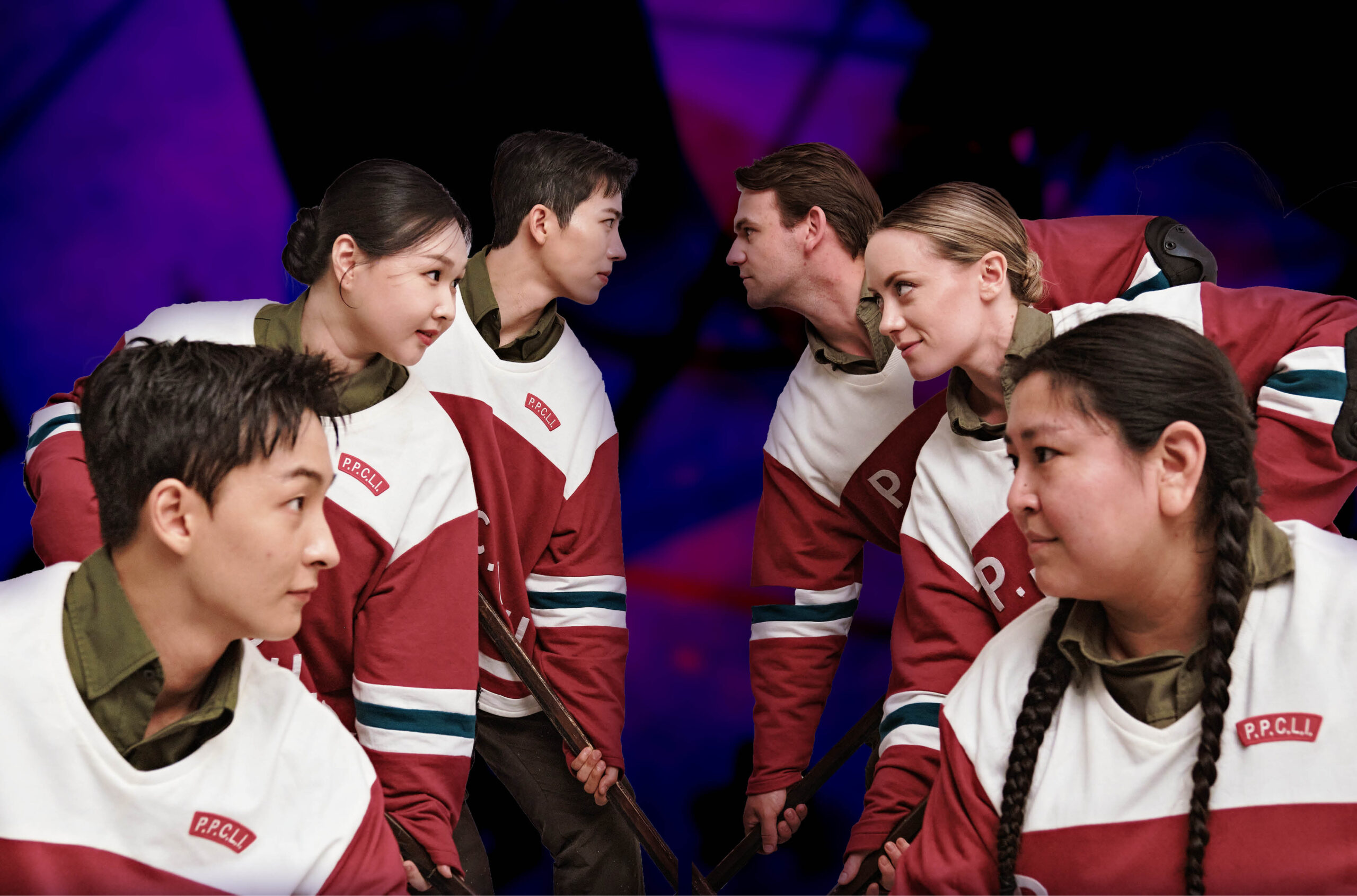
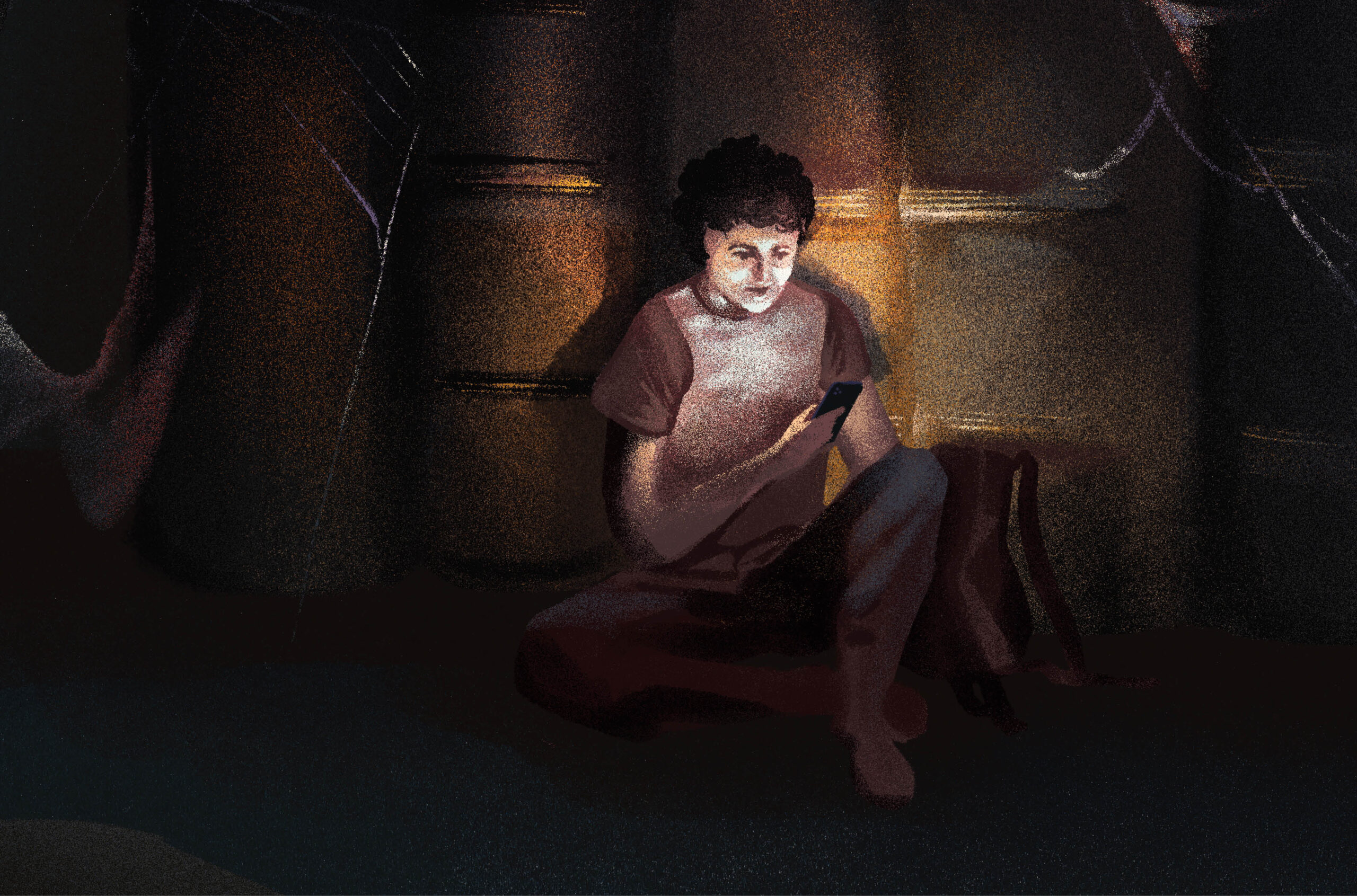

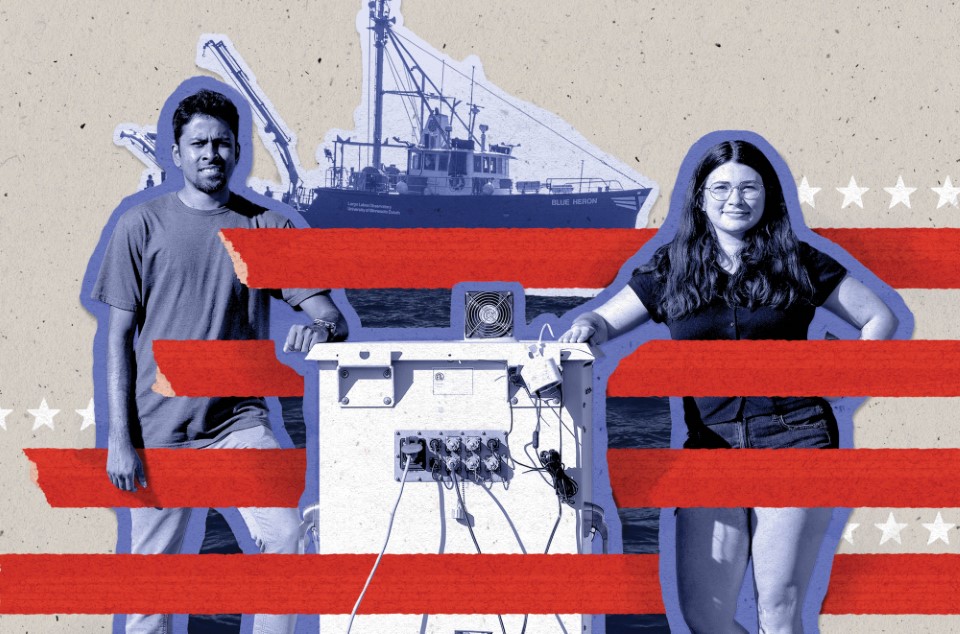

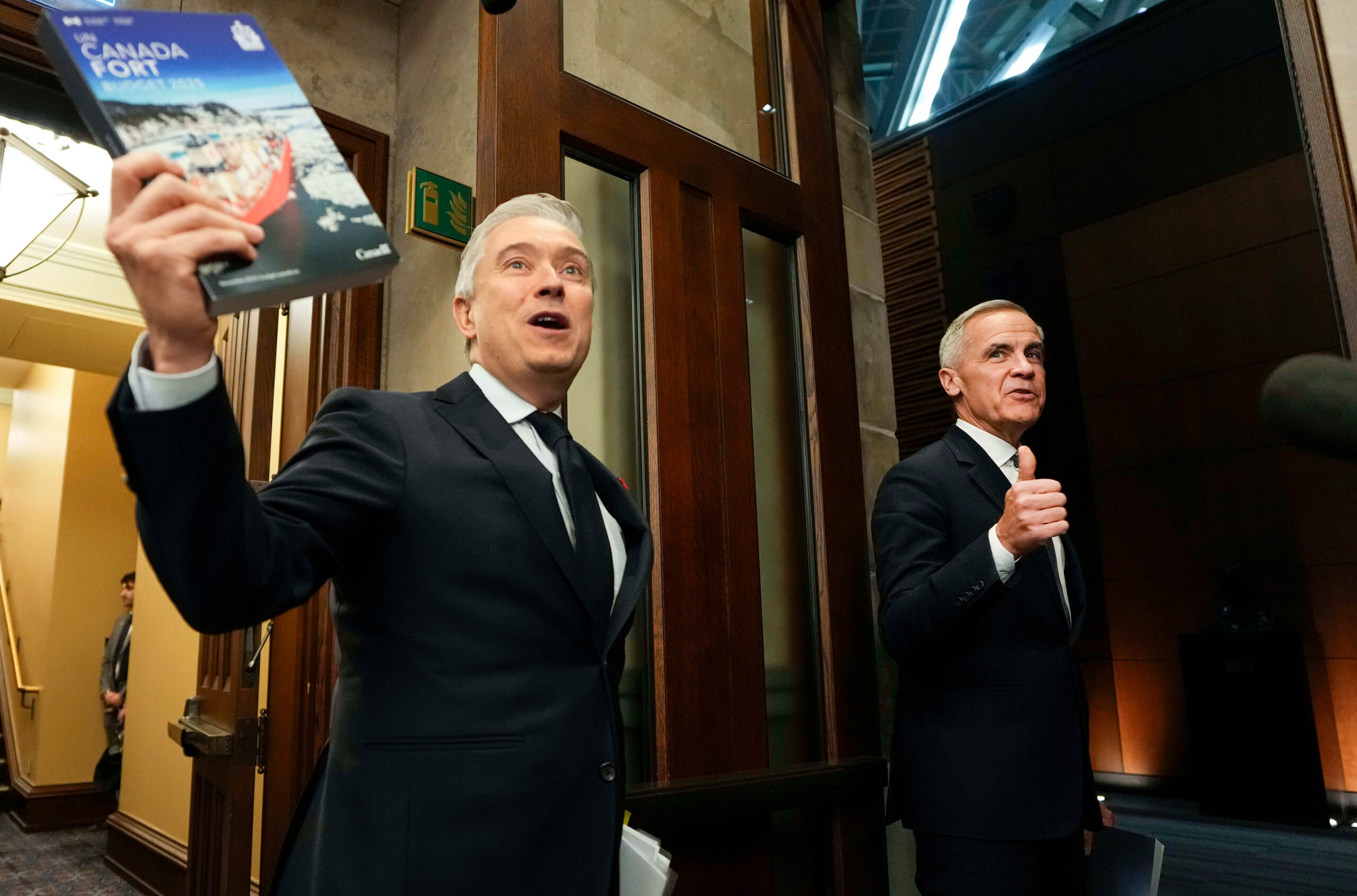
Post a comment
University Affairs moderates all comments according to the following guidelines. If approved, comments generally appear within one business day. We may republish particularly insightful remarks in our print edition or elsewhere.